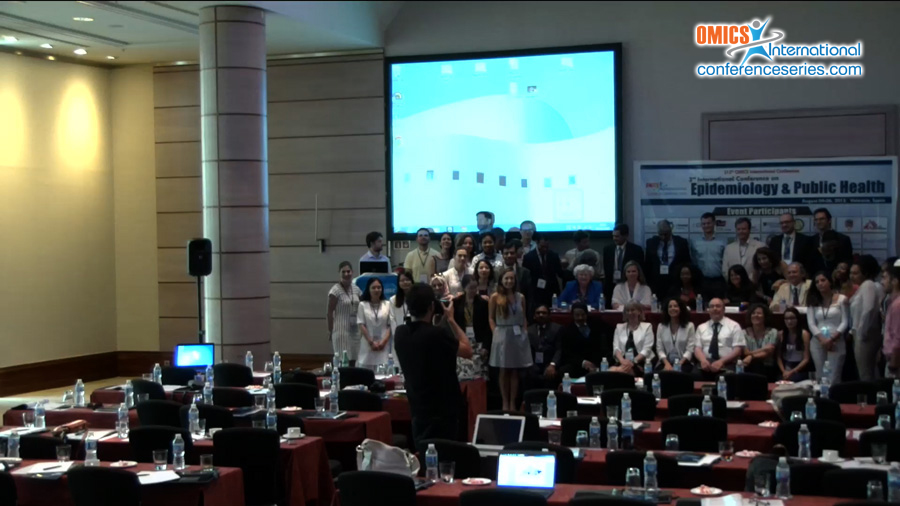
Audrey Steenbeek
Dalhousie University, Canada
Title: Predictors of pap screening rates among female university students in Maritime Canada
Biography
Biography: Audrey Steenbeek
Abstract
Background: In Canada, the human papillomavirus (HPV) is highly prevalent; approximately 75-80% of young adults will contract HPV, increasing risk for genital warts and cervical cancer. PAP screening is effective in detecting pre-cancerous cells (dysplasia), and despite its being free/available to most Canadian university students, many do not access it. Little is known about predictors of HPV screening among this population. Aims: Characterizing university students likely to be tested, to better promote PAP screening. Methods: Data comes from the Maritime Undergraduate Student Sexual Health Services Survey (2012), a cross-sectional, anonymous, online survey of Canadian undergraduate students at eight universities (n =10,361). This analysis focused on the sexual health of, and health services use by (n=4007) female students, weighted for demographics, imputed for missing values and limited to ages 19-29 (recommended screening age). We performed descriptive analysis and simple/multiple logistic regression analyses on factors associated with screening among vaginally sexually active females. Results: In unadjusted analyses, students at higher /moderate risk of HPV had significantly higher odds of ever having been screened than lower risk; 22% of sexually active females had never been screened. In multivariable models: those that were older, Caucasian, non-heterosexual, less religious, residing with a romantic partner, and those who had more sexual health knowledge and perceived their friends as having liberal attitudes had higher odds of ever having been tested. Those with more attitudinal barriers to help seeking were less likely to ever been tested. Perceived risk of HPV was not associated with testing. Conclusion Those at most risk of HPV were more likely ever tested, yet with 22% never tested it is unlikely that recommendations are being met. Efforts aimed at reducing barriers to help seeking and targeting residences may improve PAP screening in this population.
Speaker Presentations
Speaker PDFs
Speaker PPTs Click Here


